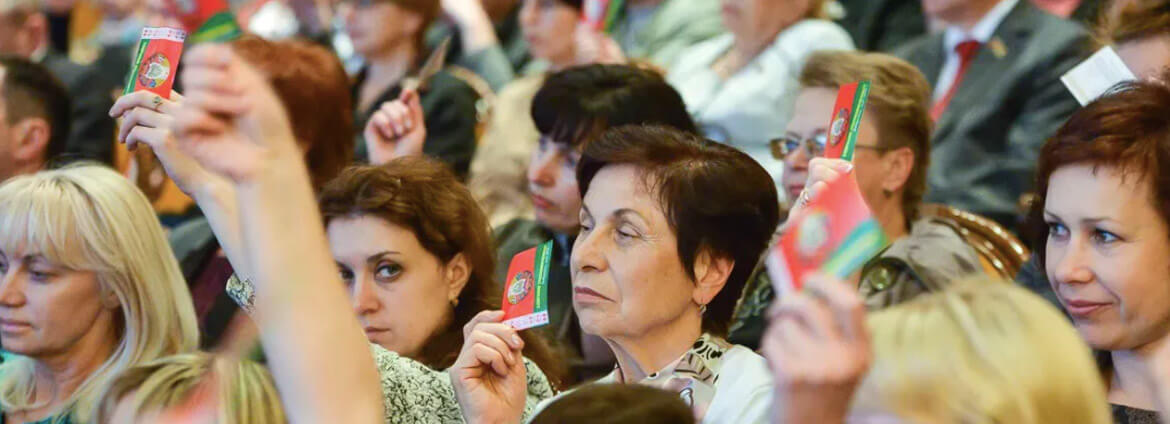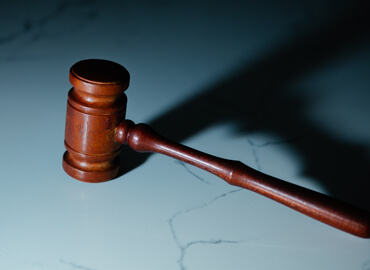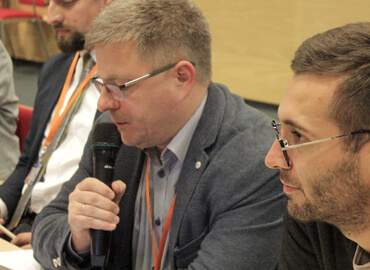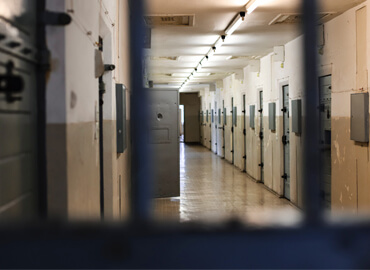On Sunday, October 25, Alexander Lukashenko is looking to complete the first stage of constitutional reform. The nationwide collection of proposals – amendments to the constitution – must be completed by this date. It seems that the city executive committees of large cities were instructed to prepare large groups – 5-15 thousand people on specially assigned transport – for a mass rally in Minsk in support of Lukashenko and constitutional reform. The exact date of this mass demonstration, however, was not given. It can be assumed that it is planned for the opening of the All Belarusian Assembly, announced for December or January.
The All Belarusian Assembly as an institutional form is not enshrined in the Constitution but is rather brought together through Article 37. The meeting is attended by about 2,500 people who are not elected but delegated by panels of various institutions.
To a certain extent, it is analogous to Putin‘s speeches before the “federal assembly”. These speeches bring together not only the deputies of the two chambers of parliament, but also representatives of the executive branch, the church, cultural figures – that is, the pro-government establishment.
The political system of Belarus resembles Spain under Franco somewhat or Zaire under Mobutu. Parties do not play a role; instead, representation is carried out through numerous public-state organizations, which de facto constitute one “party” – the party of the ruling autocrat. Lukashenko’s system is even less stable, since his “personal political movement” is not at all institutionalized. Franco’s group was transformed into a single party (National Movement) and Mobutu also in the mid-70s formed a single movement with the ideology of “Mobutism.”
The All Belarusian Assembly is an extra-constitutional body, representing something like a council of the “party” or “movement” of Alexander Lukashenko.
The last regime that looked like this disappeared from the map of Europe in 1975.
Lukashenko held his first such meeting in 1996. All subsequent meetings were also tied to strengthening Lukashenko’s personal power at the expense of the “people’s will” at the All Belarusian Assembly. He used this format on December 6-7 at the Fourth All Belarusian Assembly to strengthen his position prior to presidential elections on December 19, 2010.
Unrealistic plan
The political form of Lukashenko’s regime is so archaic that the Kremlin lightheartedly has recommended that Lukashenko switch to Russian style “electoral authoritarianism,” where four systemic parties are given many years to manipulate votes, ensuring the stability of the dictatorship.
Lukashenko, as far as one can judge, believes that the majoritarian system is fully consistent with his personal political regime. He spoke about this directly in an interview with a group of Russian journalists in August 2020.
An insoluble contradiction lies in Lukashenko’s desire to simulate a “national dialogue” with the participation of the opposition – in order to retreat from the crisis – and the very form of the All Belarusian Assembly and its way of co-opting delegates. The opposition cannot be represented in any way.
On October 14, Alexander Lukashenko visited a group of opposition leaders in the KGB prison, demonstrating a desire to involve them in a “national dialogue.” However, after the meeting, he could not clearly define how the significant segment of society that is protesting against the election results will be represented in the constitutional process. The expression “you cannot write the Constitution on the street” does not have anything positive to add.
Obviously, Lukashenko’s situation resembles those stages in the development of African dictatorships when the opposition was already allowed into parliament. But Lukashenko is offering the opposition the opportunity to “fall back” to their assembly teams and to state organizations and make proposals from there. This plan is completely unrealistic.
The old structure does not work
It should be noted that the irreparable defect of this plan is clearly visible not only to European experts, but even to the most loathsome supporters of the full integration of Belarus. Attention needs to be paid to the appearance of texts such as an article published on October 18 titled “Will constitutional reform remove political tension in Belarus?” on the EurAsia Daily website, which explicitly states: “the latest actions of the authorities do indicate that it plans to carry out constitutional reform according to the 1996 plan, outwitting both its opponents and the international community. This option is unlikely to suit the opposition and foreign partners of Minsk, which means that tension in the country may not dissipate.” The Belarusian media rightly drew attention to Vitaly Tretyakov‘s speech on the program “60 Minutes” on October 17, where he boldly announced that Lukashenko was “losing pace” and control of the situation, refusing to take a real step towards dialogue with the opposition. Of course, Tretyakov opposes the “pro-Western” Tikhanovskaya and the “pro-Russian” Babariko, but in this case it is exactly what he says that is important – that the plan for an exit from the political crisis comes only at the expense of the old scheme: “group state meetings – the All Belarusian Assembly – and the adoption of the Constitution by referendum” do not work.
By the end of October, it can be clearly seen that a consensus has formed among politicians, experts, public figures, including even fiery “anti-Oranges,” that with such a scheme and with such actions, Lukashenko will not get extract himself from the political crisis and will not remain in power beyond the spring of 2021.
Belarus after Lukashenko
But the point is not to look forward to this spring with impatience and joy, but to start addressing the question of what the transition of power will look like institutionally a) so that the sovereignty of Belarus is preserved; b) what a soft transitional option might look like to authorities, which would allow all participants in the political crisis to find continue their lives; c) how a technocratic government bloc can be formed that will ensure economic stability during the transition; d) what kind of legislation there should be on parliamentary elections (which should be drafted as soon as possible), how the law should regulate proportional and majority representation, and what qualifications and restrictions the law will impose on parties; and e) what is the public consensus on Lukashenko’s future in politics.
It is impossible today to form any foreign policy consortium “for the future of Belarus” that would include Moscow, Warsaw, Vilnius, Brussels, etc. Everyone understands well that the post-Lukashenko government of Belarus will be under enormous pressure from Moscow. And here, too, it is not enough only to state this at this point. Some kind of political language, some kind of description of the strategy a post-Lukashenko Belarusian society could rely on in its political development needs to be put forth.
Материал доступен на русском языке: Паровоз «конституционной реформы» несется в пропасть










